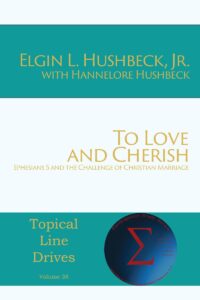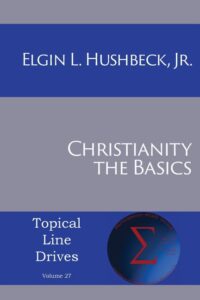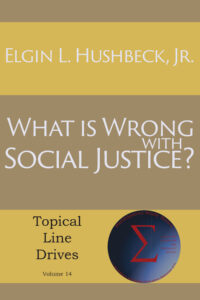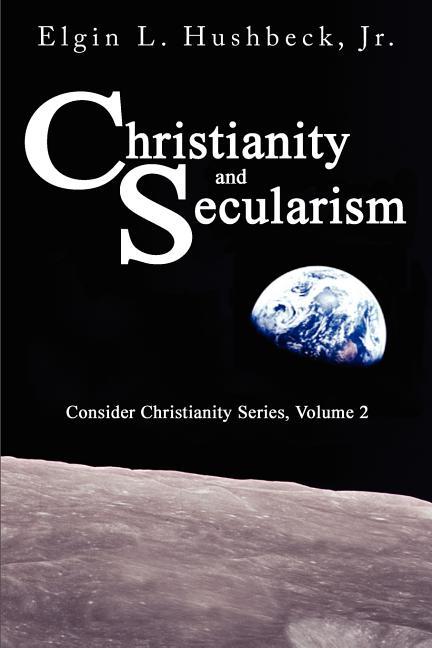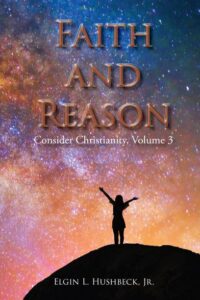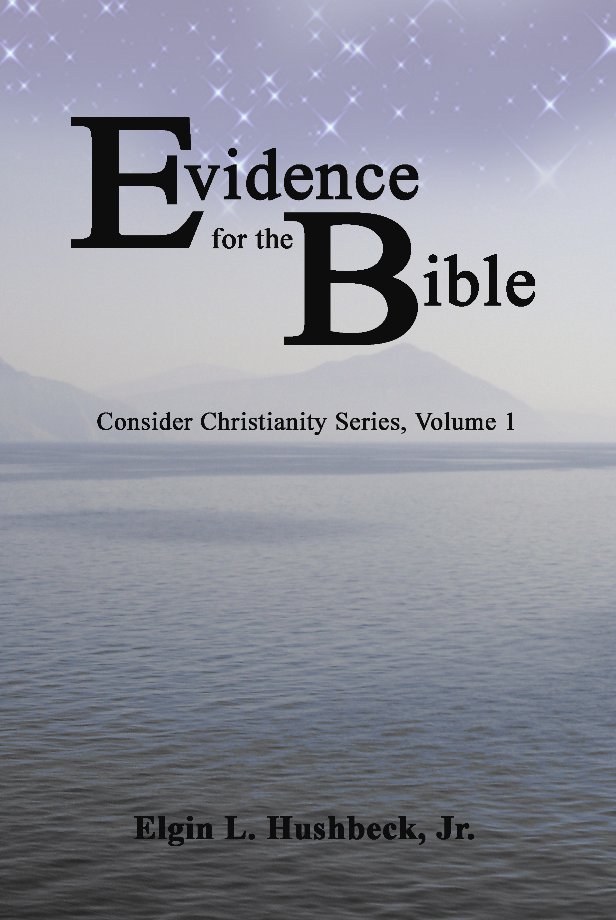Newsweek and the Bible : The Text
Tuesday, January 6th, 2015 by Elgin HushbeckNewsweek’s initial issue of 2015 is a devastating attack, not on the Bible as they might have hoped, but on Newsweek’s own credibility. Kurt Eichenwald’s cover story The Bible: So Misunderstood It’s a Sin, is completely one-sided, at best extremely misleading, in some places just flat out wrong, and in others just plain silly. So much so, that one would expect it to have been written by some hate-filled radical atheist, and not a reporter from a supposedly respectable news organization. In short, it is so bad that I am sure even some of the more serious critics of Bible will find it an embarrassment.
Eichenwald opens his allegedly objective article with what can only be described as a hate-filled invective against evangelical Christians, one that is at best a caricature. He then laughably attempts to follow that with a claim that “Newsweek’s exploration here of the Bible’s history and meaning is not intended to advance a particular theology or debate the existence of God.” Only someone completely ignorant of the issues involved, or someone who shares Eichenwald’s agenda, would consider his article a balanced piece.
While the article claims to be “based in large part on the works of scores of theologians and scholars, some of which dates back centuries” Eichenwald has carefully selected those scholars who agreed with the points he wanted to make, and seems completely unware that there are scholars who would disagree. To give an analogy, it would be as if a political reporter claimed to give an objective review of a particular policy by citing “scores of sources” but all the sources were from the extreme wing of one party.
A one-sided presentation of scholarship would be bad enough, however many of his arguments would not even be accepted by the scholars he cites. His first major argument is that the Bible we have today is “a bad translation—a translation of translations of translations of hand-copied copies of copies of copies of copies, and on and on, hundreds of times.”
This is so factually in error that as an argument it is just plain silly, and could only appeal to those who have no knowledge of the history of the Bible, much less fields such as Textual Criticism or Bible Translation. While I go into more detail in my book, Evidence for the Bible, the simple fact is that modern translations are not based on early translations, but on the best texts in the original language, and these texts are the work of many scholars and based on a vast array of evidence, primarily the earliest manuscripts and fragments of manuscripts – the earliest of these going back to within a couple of decades of the originals.
If Eichenwald presents a distorted view of the transmission of the manuscripts, he is correct about how the earliest were written, “scriptio continua—meaning no spaces between words and no punctuation.” But he describes this as if it were somehow significant, yet does not give a single example from the Bible where this is an actual issue. This is because to do so would only show that this was not really a big problem. In the vast majority of the places where this occurs the context is clear enough to know which meaning is intended. In the small number of places where it is actually an issue the difference in meaning, while important to understanding that particular passage, has no effect on the overall teaching of the Bible.
Eichenwald instead moves quickly on to the issue of the differences between the manuscripts, but a careful reading of his arguments actually undercuts rather than supports his claim that we cannot know the Bible. He says that,
“But in the past 100 years or so, tens of thousands of manuscripts of the New Testament have been discovered, dating back centuries. And what biblical scholars now know is that later versions of the books differ significantly from earlier ones—in fact, even copies from the same time periods differ from each other. ‘There are more variations among our manuscripts than there are words in the New Testament,’ says Dr. Bart D. Ehrman, a groundbreaking biblical scholar and professor at the University of North Carolina who has written many books on the New Testament.”
This would at first blush seem pretty strong evidence for Eichenwald. His claim that there are “tens of thousands of manuscripts of the New Testament” is true, IF one also includes all the early translations that were made, as there are only somewhat more that 5800 early Greek manuscripts of the NT. As for his claim that “biblical scholars now know … that later versions of the books differ significantly from earlier ones,” that hinges on the meaning of significant. Significant to what? They are certainly not significant to the teaching of the Bible as a whole.
About the closest Eichenwald ever comes to supporting this claim is in his description of the ending of Mark. First it is important to note that this is not some new revelation. Not only are these addressed in commentaries, all the major modern translation deal with the textual variations, and give the alternate readings in footnotes, so that readers are aware of them.
Then he claims that, “These verses say that those who believe in Jesus will speak in tongues and have extraordinary powers, such as the ability to cast out demons, heal the sick and handle snakes.” Ok, I give him the point about snakes, though, it should be remembered that handling snakes has hardly been a mainstream position in the history of Christianity. In fact, the vast majority of those thought, and think, the longer ending is part of the Gospel, also have rejected the belief that handling snakes is something Christians should do.
As for speaking in tongues, casting out demons, and healing the sick, the longer ending of Mark is hardly the only places these are mentioned. And this is the key point, except for possibly handling snakes which few Christians believe in in any event, not a single doctrine depends on a verse where there is a doubt about what was the original wording of the text.
The real problem with Eichenwald’s argument can be seen in his statement concerning Luke 3:16 that, “Today, most modern English Bibles have returned to the correct, yet confusing, ‘John answered.’” How does he know that ‘John answered’ is correct? It is because the whole field of Textual Criticism which is devoted to sorting through and comparing, not only the texts in the original language, but also the early translations into other languages, and all the quotes by early Christians citing passages, to determine what was the original text.
What Eichenwald sees as a weakness, is in reality a strength. Yes, scholars have found that the early mss do differ in places, but in the process they have shown that the text we have today is very reliable. In fact, as I argue in more detail in my book, Evidence for the Bible, the text we have today is for all practical purposes the same as was written by the Apostles and Prophets.
There are numerous other errors and problem with Echenwald’s presentation about the text of the Bible. His discussion of Translation and Canon are no better, but this is already a longer than normal post. Hopefully from this it will be clear that Echenwald’s Newsweek article says much more about him, and about Newsweek, than it does about the Bible. The Bible can be trusted; they can’t.
